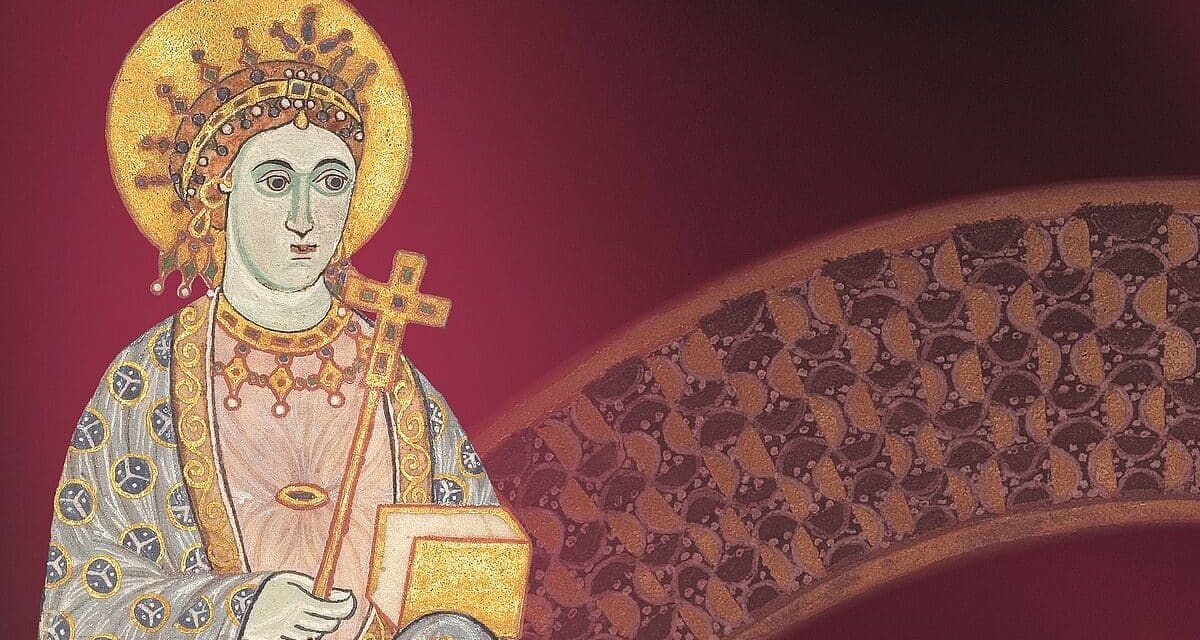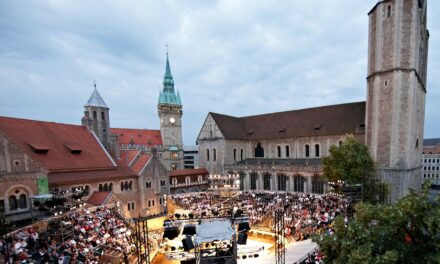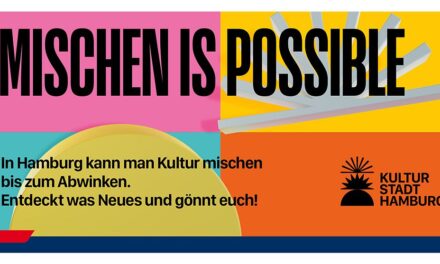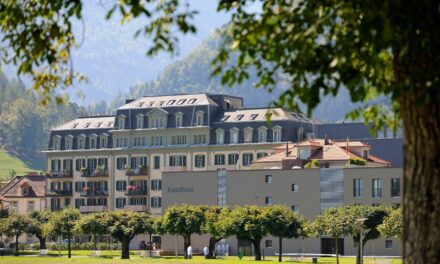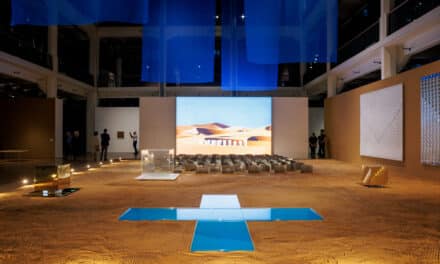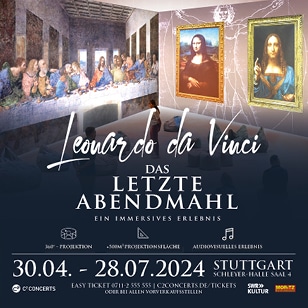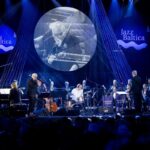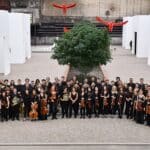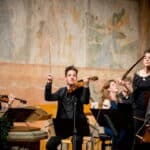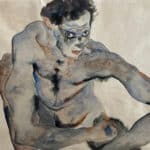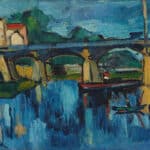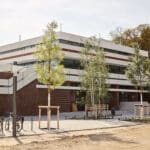Precious loans and two UNESCO World Heritage titles make the Great National Exhibition one of the most spectacular special exhibitions in Europe.
The royal monastery of Reichenau was one of the most innovative cultural and political centers of the empire and had an influential school of painting in the 10th and 11th centuries. Long before the invention of printing, the monastery was regarded as one of the largest European repositories of knowledge and a source of inspiration. The "Monastery Island of Reichenau" was added to the UNESCO World Heritage List in 2000.
The monastery writing room on the island of Reichenau was one of the most sophisticated book producers of the early Middle Ages. As outstanding examples of Ottonian book illumination, the Reichenau scriptorium produced some of the most valuable magnificent manuscripts in the world. Commissioned by powerful emperors, kings and imperial bishops, the monks created works of art with great artistic imagination, high quality and precision, whose perfection and beauty still fascinate today. The main works of the Reichenau manuscripts were declared a UNESCO World Documentary Heritage in 2003 as "unique cultural and historical documents that exemplify the collective memory of mankind". On the occasion of the anniversary "1300 years of the monastery island of Reichenau", the Badisches Landesmuseum is bringing together these unique and precious works of art for the first time on this scale on Lake Constance.
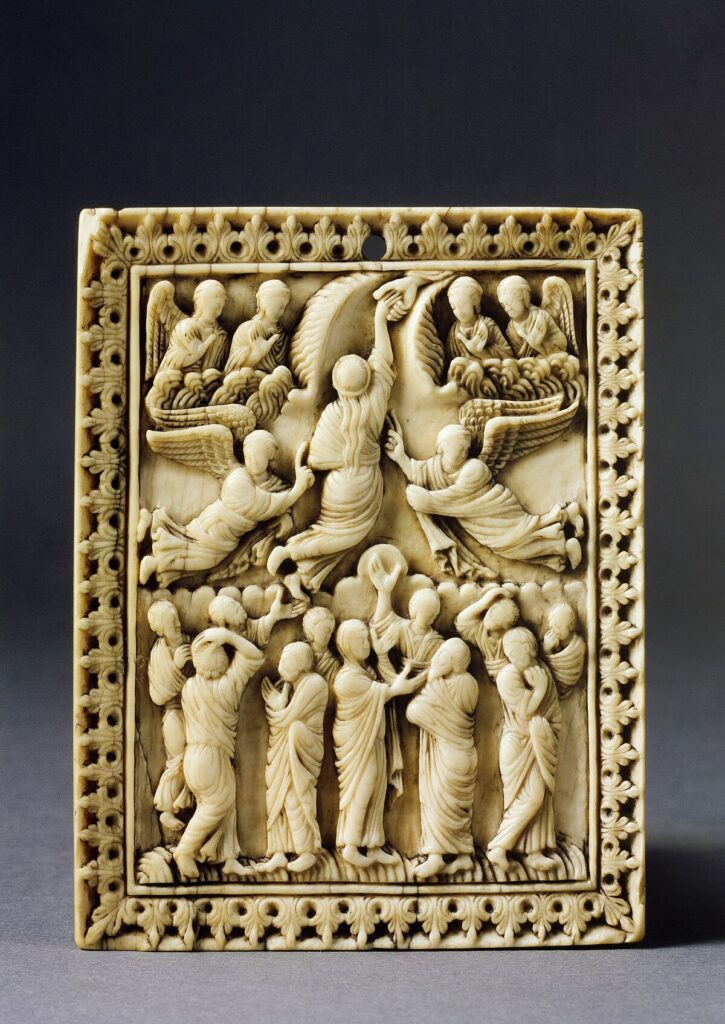
Ascension of Christ, ivory, probably 11th century, photo Museum Schnütgen, Cologne © Rheinisches Bildarchiv
Magnificent manuscripts from the UNESCO World Documentary Heritage
The important manuscripts from the famous Reichenau scriptorium are a highlight of the exhibition at the Baden-Württemberg Archaeological State Museum in Constance. In 2003, these magnificent books were added to the UNESCO World Documentary Heritage. To mark the anniversary, the unique works can be brought together again for the first time in decades at Lake Constance and - in compliance with the strictest conservation conditions - presented on this scale.
Precious objects and loans
The valuable objects on loan for the Great State Exhibition come from the important collections and holdings of the project partners. They are complemented by numerous valuable national and international loans to bring the phenomenon of the monastery island and medieval life back to life at the original location.
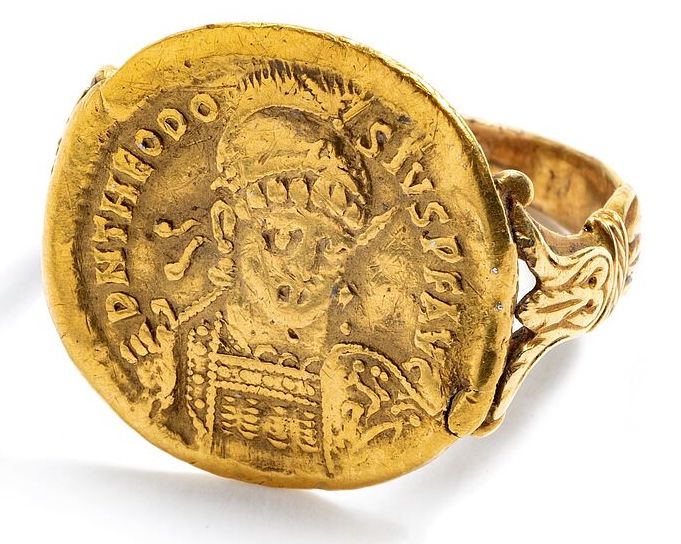
Magnificent finger ring with a Byzantine gold coin as a plate, 7th century, photo Peter Gaul
Nature and culture in harmony
The municipality of Reichenau is a place with a high quality of life, situated in an outstanding natural environment. In between, vegetables, herbs and wine thrive in the market gardens, fields and vineyards. The three medieval churches, which once belonged to Reichenau Abbey, form a unique ensemble of Carolingian and Ottonian architecture and bear the title of UNESCO World Heritage Site.
The Minster of St. Mary and St. Mark is the oldest church on the island. The Gothic choir and the aisled Norman roof truss are particularly worth seeing. A spectacular treasure chamber contains numerous reliquaries and other cult objects from the 5th-18th centuries. The complex is completed by a monastery garden, which invites visitors to study medieval botany and linger.
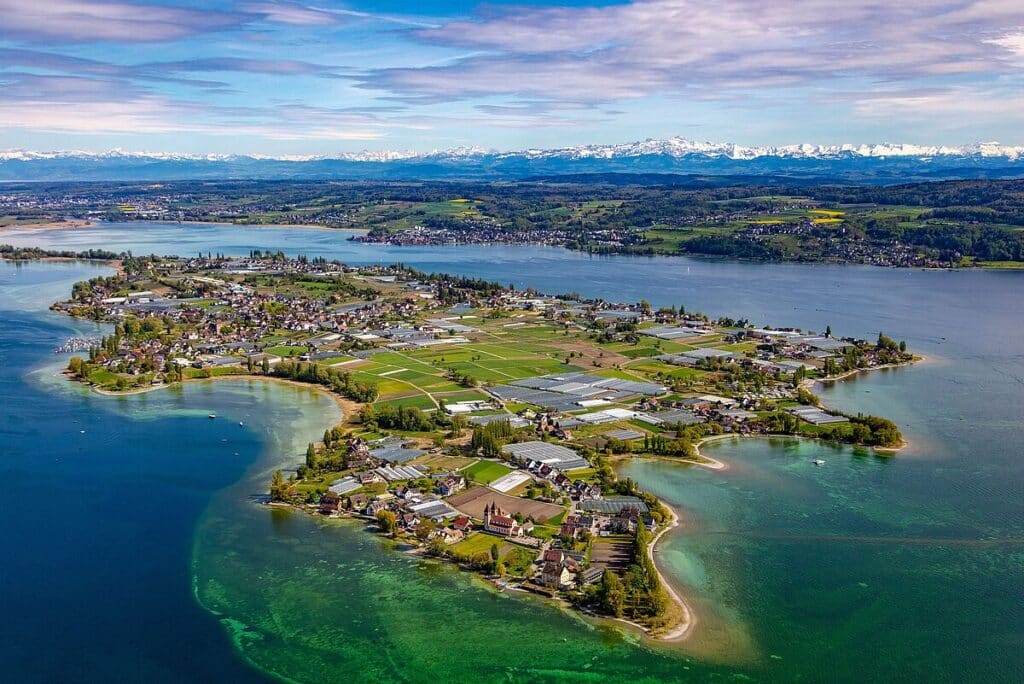
Reichenau monastery island © Tourist-Information Reichenau, photo Achim Mende
The church of St. George in Oberzell is famous for its monumental murals from the 10th century. Eight large murals in the central nave, more than four meters wide and over two meters high, depict the miracles of Jesus and are among the earliest examples of their kind north of the Alps. They are closely related to the book illumination created in the Reichenau scriptorium, which also reached its peak around 1000.
St. Peter and Paul was rebuilt on the foundations of a Carolingian predecessor building between 1030 and 1130. The church contains the last highlight of the Reichenau school of painting in the choir with the mural of Christ enthroned and the apostles and prophets, the evidence of which is a UNESCO World Heritage Site.
The monastic traditions come alive during the religious festivals and processions on the island. A historical vigilante group and a traditional costume group take part in three of the island's religious festivals. The reliquaries are also taken from the cathedral treasury and carried along.
April 20 to October 20, 2024
Constance, Archaeological State Museum of Baden-Württemberg and Reichenau Monastery Island
www.ausstellung-reichenau.de
www.landesmuseum.de
www.alm-konstanz.de
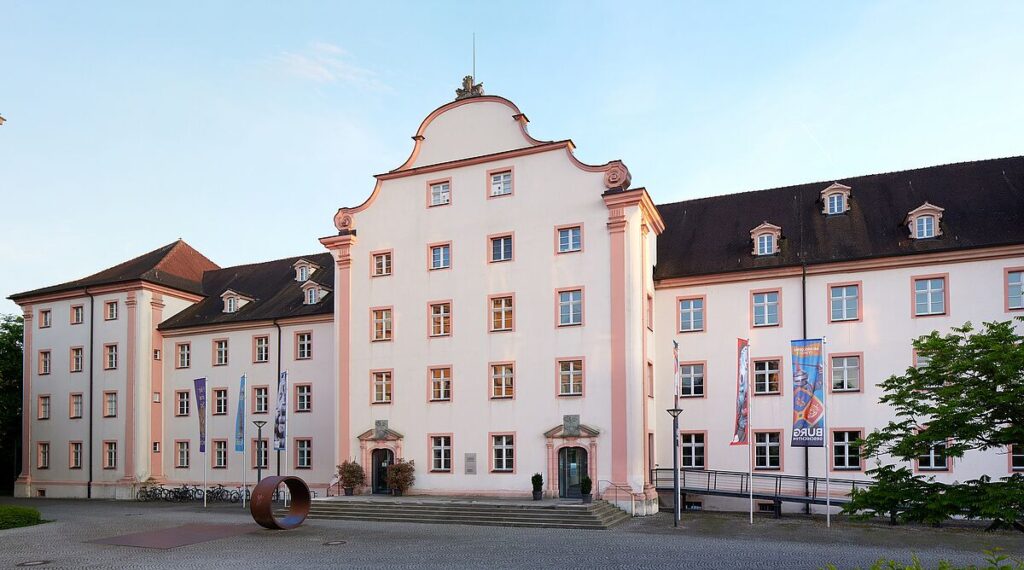
Baden-Württemberg State Archaeological Museum in Constance © Baden-Württemberg State Archaeological Museum

